The Undergraduate Awards are a pan-discipline academic awards programme that identifies leading creative thinkers through their undergraduate coursework. This year the programme received 4,792 submissions from undergraduate students from across the world.
|
Lucy Gardner, one of last year’s biology graduates, has been shortlisted in The Undergraduate Awards 2014 for her level 3 literature review on land-sparing and land-sharing conservation strategies. Her review, 'Can we feed the world whilst still conserving its biodiversity?’, was highly commended in the Earth & Environmental Sciences category. Another graduate, Caitlin Gibb was also highly commended in the Life Sciences category. The Undergraduate Awards are a pan-discipline academic awards programme that identifies leading creative thinkers through their undergraduate coursework. This year the programme received 4,792 submissions from undergraduate students from across the world. Lucy, now a research MSc student at Durham, will attend the three-day ‘Undergraduate Awards Global Summit’ in Dublin to present her work. For her MSc research she is planning to investigate the increased extinction threat to the world’s birds and mammals arising from future climate change.
0 Comments
The staff of the Conservation Ecology group have just returned from another successful field course to South Africa, where Steve and Phil also took the opportunity to catch up with a couple of the group's postgrads (Teegan and Melissa) who are currently stationed out there and working on the impact of burn regimes on biodiversity. Above: Species were taking advantage of the newly burnt areas, even while they were still smouldering, including plenty of Temminck's Courser (left) and an abundance of larks (right - Sabota Lark) and pipits this year. We saw a lot of large mammals whilst working with the fieldcourse students, including four of the 'big five' between us (if we sneak White Rhino in as a replacement for Black Rhino). Pleasingly, we also saw quite a few young White Rhino, which is encouraging given the prolific levels of poaching across South Africa over recent years. Half of the students managed to see two different leopard during one drive - which is a red-letter day by any reckoning! Above: Young male Elephants (left) playing playing in a water hole; a baby White Rhino (centre) that's obviously been rooting in something it shouldn't have been; and daytime grazing Hippos (right). Our camera traps (below) also worked well, picking up lots of nocturnal visitors and interesting activity at water holes and den entrances. Above: A female Ostrich (left) cooling down in the midday heat; an Aardvark (centre) caught on an infra-red nocturnal camera; and a cheeky Slender Mongoose (right) posing for a photo beside a rocky den. We were also inundated with lots of colourful songbirds in the early mornings and cool evenings, though during the hot days they soon retreated to shady thickets, at which times we were reliant on identifying them by their calls and songs. Above: A Crimson-breasted Shrike (left); a Brown-hooded Kingfisher which, unlike most other kingfishers, is happy hunting for insects (rather than fish) in woodland areas; and a Golden-breasted Bunting (right). The student groups spent a lot of time working on the large ungulates, estimating population sizes and carrying capacities, and exploring the impact of burning grassland blocks on utilisation by grazers and browsers. Above: Plain's Zebra (left) were easy to see amongst the grassland areas that haven't been burned for a few years; Klipspringer, a rock-dwelling antelope, were, by contrast, much more elusive to spot amongst bushy rock-slopes where they are extremely agile, moving easily from rock to rock, standing on only the tips of their hooves; Tsessebe (right) are burnt grassland specialists and can usually be found in close proximity to newly burnt areas. Night drives provided views of some of the nocturnal and crepuscular species including opportunist scavengers like Black-backed Jackels and nightjars; the latter are nocturnal avian insectivores related to owls. Owls, by contrast, were very thin on the ground this year. Scorpions were quite common on the camp-site after dark, which made a torch essential when walking at night. Above: Black-backed Jackal (left) were seen quite commonly at dusk and heard frequently at night but this one sat in the open in the middle of the day was an unusual sight; this scorpion (middle) was one of several that were found wandering through the camp at night, before being relocated to a rocky area away from the camp; nightjars, including this Square-tailed Nightjar (I think, I've still to check this properly) (right), were commonly seen resting on the tracks during night-drives, as the tracks retain the warmth of the day longer than adjacent vegetated areas. Thanks to the excellent rains during the last rainy season, the rivers and lakes were still very full of water, leading to a diverse array of wading birds and waterfowl in the area. During the trip we saw at least eight species of herons and egrets, and a similar number of wading bird species, although quite a number of waders in South Africa are principally dry grassland species (see below). There were also plenty of waterfowl and gallinules in and around the dam by our camp. Above: Of the grassland wading birds we saw during the trip, African Wattled Plover (left) and Crowned Lapwing (right) were the most common on short grassland areas; one of the more unusual heron-like species in South Africa is the Hamerkop (centre), which is in a genus and family of its own, due to its unique attributes. The Hamerkop gets it's name from the unusual hammer-headed shape of its head and bill and is a compulsive nest-builder, making several huge nests, which can be 1.5m across and that have a nesting chamber in their centre. Finally, many thanks to the fantastic group of students from Durham (below) who made the field course this year such a success, and also to all of the staff at Mankwe Wildlife Reserve where we stay during the field course.
For me, starting a career in ecology was about getting out of the artificially lit office and into the wilderness, trading pens for machetes and box-ticking for fire-lighting. Whilst I’m sure that staring at the electrical glow of a computer on a 9-5 basis has its thrills, I have always struggled to incorporate more of a balance. And I do stress the verb struggle, as fieldwork is becoming an increasingly marginalized component of ecology/zoology/biology degrees. Therefore chances for finding valuable fieldwork experiences are limited, which on another note, isn’t conducive towards solving the catch 22 of ‘to get fieldwork experience you need fieldwork experience’. This article is to simply suggest how to break this circular paradoxical application process, but also to highlight the importance of knowing how you might take to fieldwork.
MSc programs will also offer a similar field work modules to a BSc and these are usual shared between UG and PG students with less and more work expected respectively. An MSc dissertation offers a higher scope for gaining useful fieldwork experience; this is when most students leave the nest and tackle the entire experience without the security demonstrators and classmates would provide should problems arise.
In reality, experience doesn’t necessarily have to come from a purely biological background and if you don’t possess this then it is not necessarily an issue in the field. A degree in biology is not required for ecological recording; these techniques are instead reliant on common sense. Excelling in class does not necessarily correlate with excelling in fieldwork. Both are components of the study of ecology, but ecology is a multi-disciplinary subject. I find the necessary qualities to possess are: being personable; being able to maintain morale; and having a good attitude and a sense of humour when things don’t go to plan (which invariably occurs). Expressing these qualities is definitely worthwhile regardless of how they were attained. In my experience I have worked alongside individuals with no biological expertise who excelled in the field, but also stellar students whose interests were completely incompatible with the tasks at hand. So I’ll continue to look outside the box in terms of relevant qualities, but just as it is my duty to ensure that I am picking the right person, it is equally the applicant’s responsibility to understand the reality of the work involved and know whether it is right for them.  By Hagen O'Neill Hagen is a Phd with CEG and studies red deer distribution on the island of Ulva, Scotland. Congratulations to Tom Keggin, an undergraduate project student with Steve Willis, for being nominated to present his work on the dawn chorus across the UK at the university ‘Rising Stars Symposium’. Tom's project used audio recorders to evaluate variation in the dawn chorus along a transect across the UK. Tom follows in the footsteps of several past group members that have presented at this symposium, which celebrates the best of undergraduate research across the university. In 2013, Waheed Arshad, one of last year’s undergraduate project students, won the Audience Choice Award for Best Presentation at the symposium for his talk on ‘Bioacoustic Monitoring: Automatically Identifying Avian Biodiversity in Woodlands’. In 2012, Emily King presented her research project on ‘Willingness to pay in the British public’. Both Waheed and Emily have since gone on to undertake postgraduate research degrees.
For more information visit: www.dur.ac.uk/science.faculty/symposium . The symposium is on Monday 23rd June 2014 in The Calman Learning Centre. |
Archives
March 2019
Categories
All
|

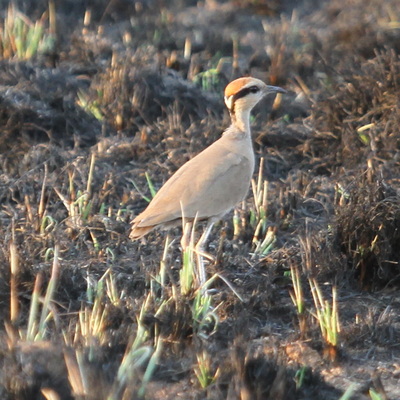
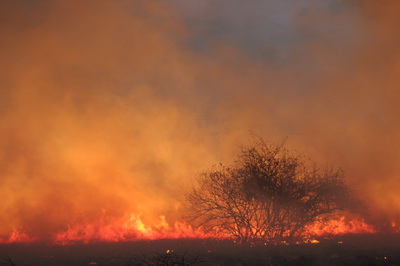
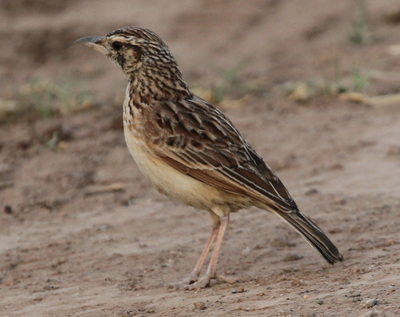
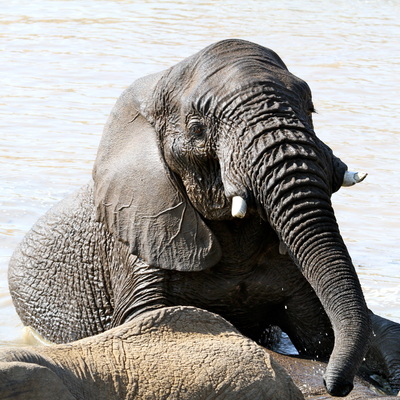
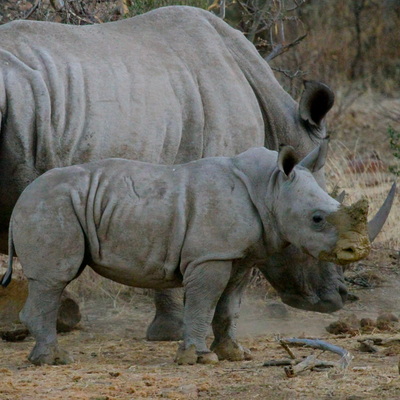
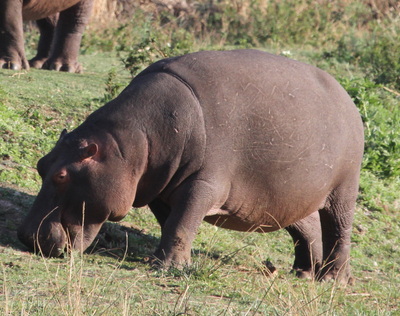

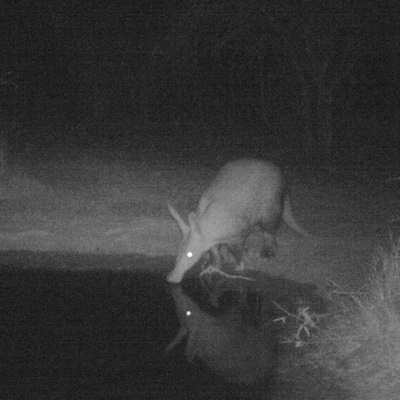
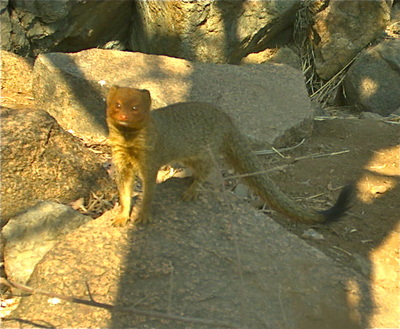
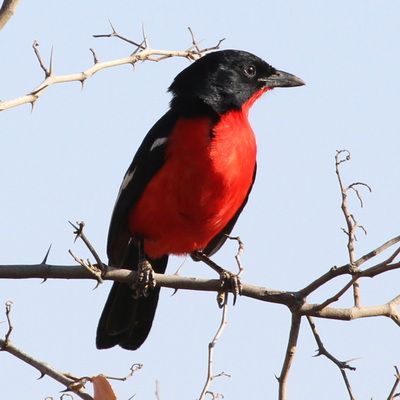
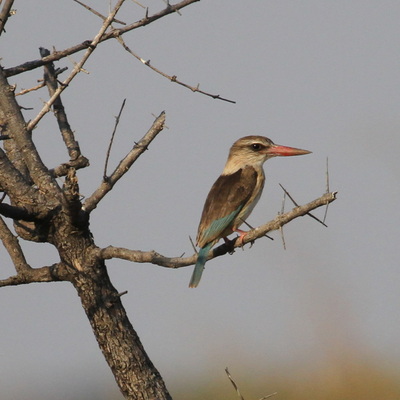
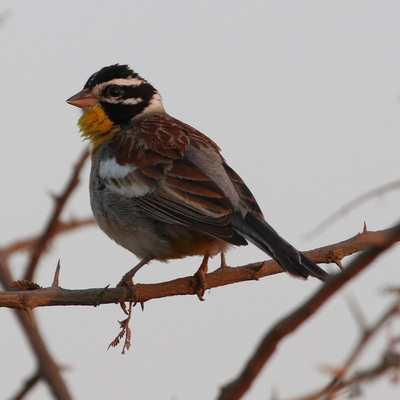
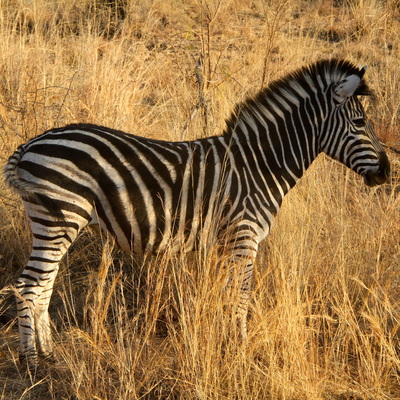
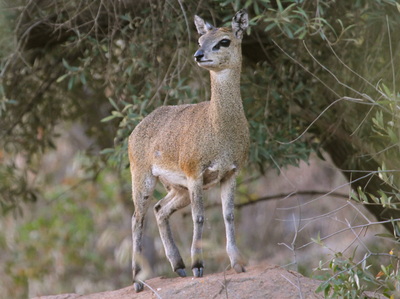
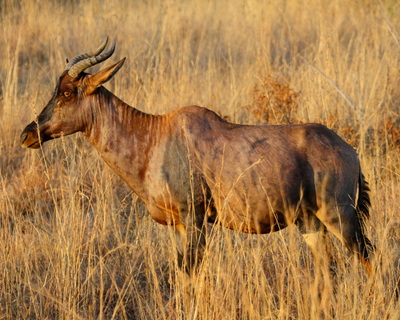
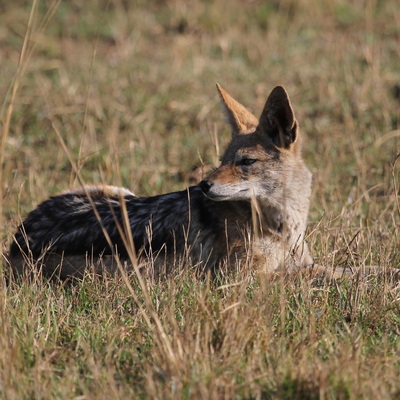
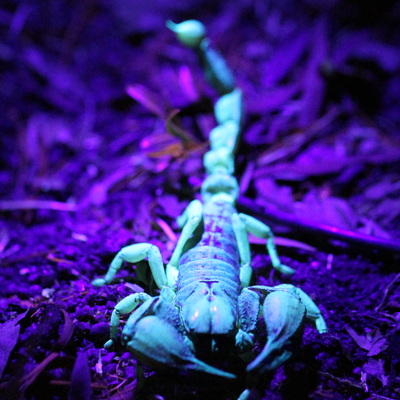
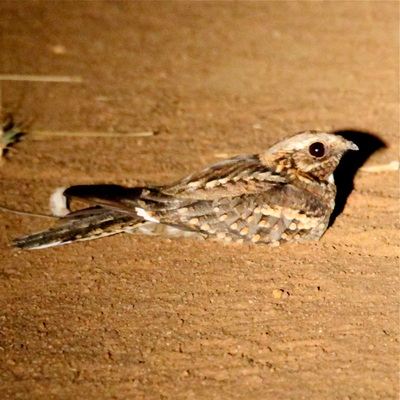
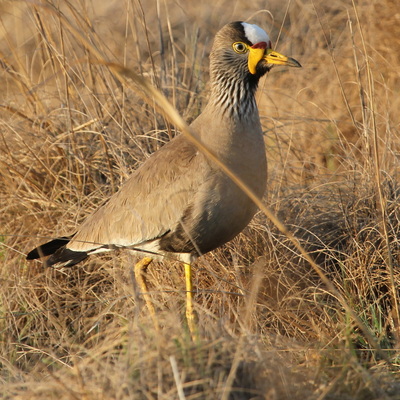
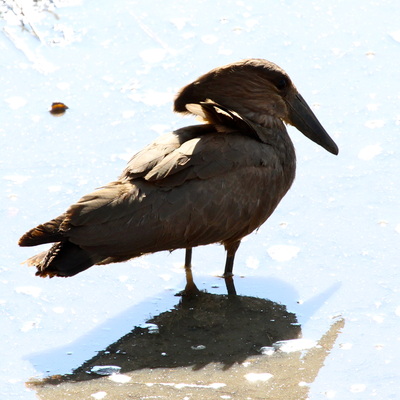
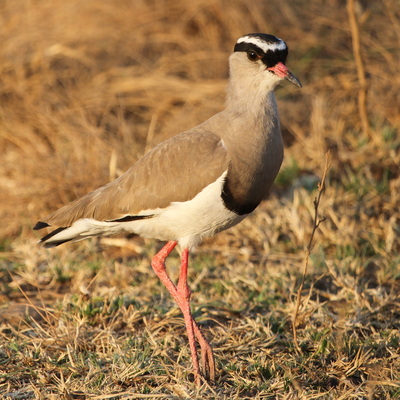
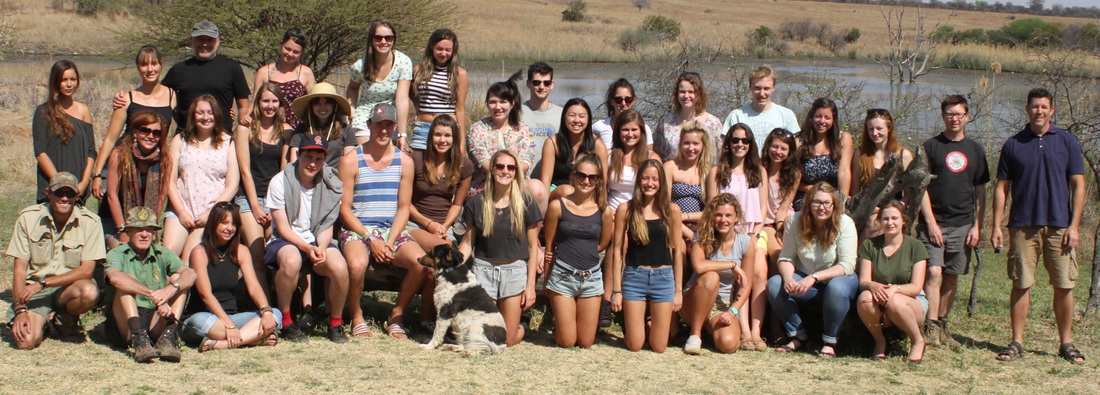
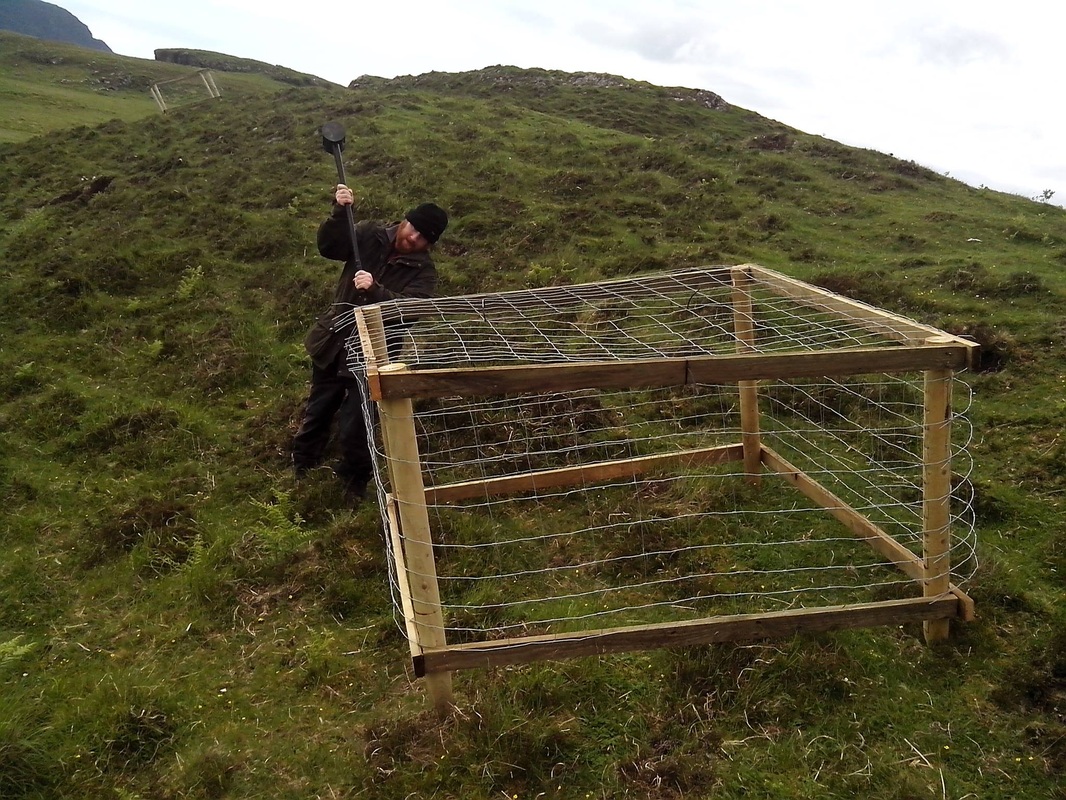
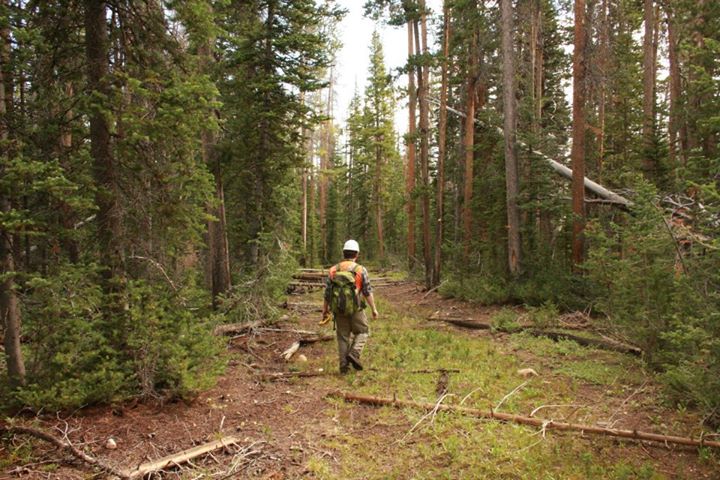
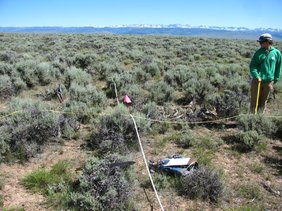
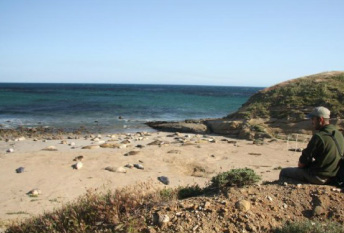
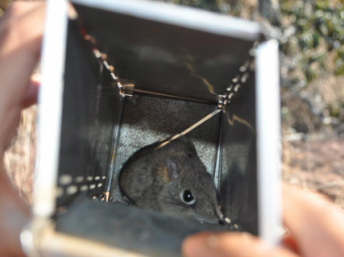
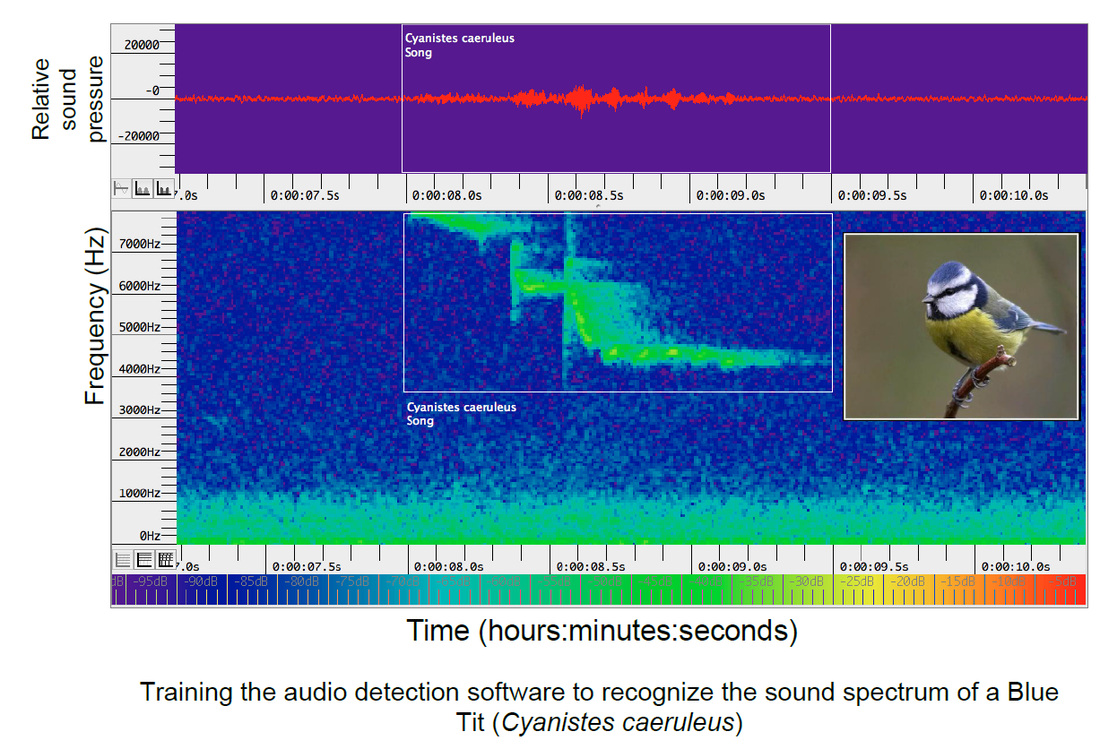
 RSS Feed
RSS Feed
